Sealing the Gap: The Introduction of Weldable HDPE in Basement Waterproofing

In the complex realm of basement waterproofing, the advent of High-Density Polyethylene (HDPE) membranes marked a significant milestone, offering a robust solution to protect underground structures from water ingress. However, as we discussed in our previous article titled “Best System, Trained Applicator, Yet Basements are Leaking,” the weak spot of HDPE Membranes has been the vulnerability of Overlaps or Seams to failure. This critical issue has underscored the pressing need for ongoing innovation and has highlighted the urgency for developing solutions that are not only robust but also consistently reliable.
From Cracks to Collapse — The Surface Preparation Mistakes that Ruin Car Park Floors
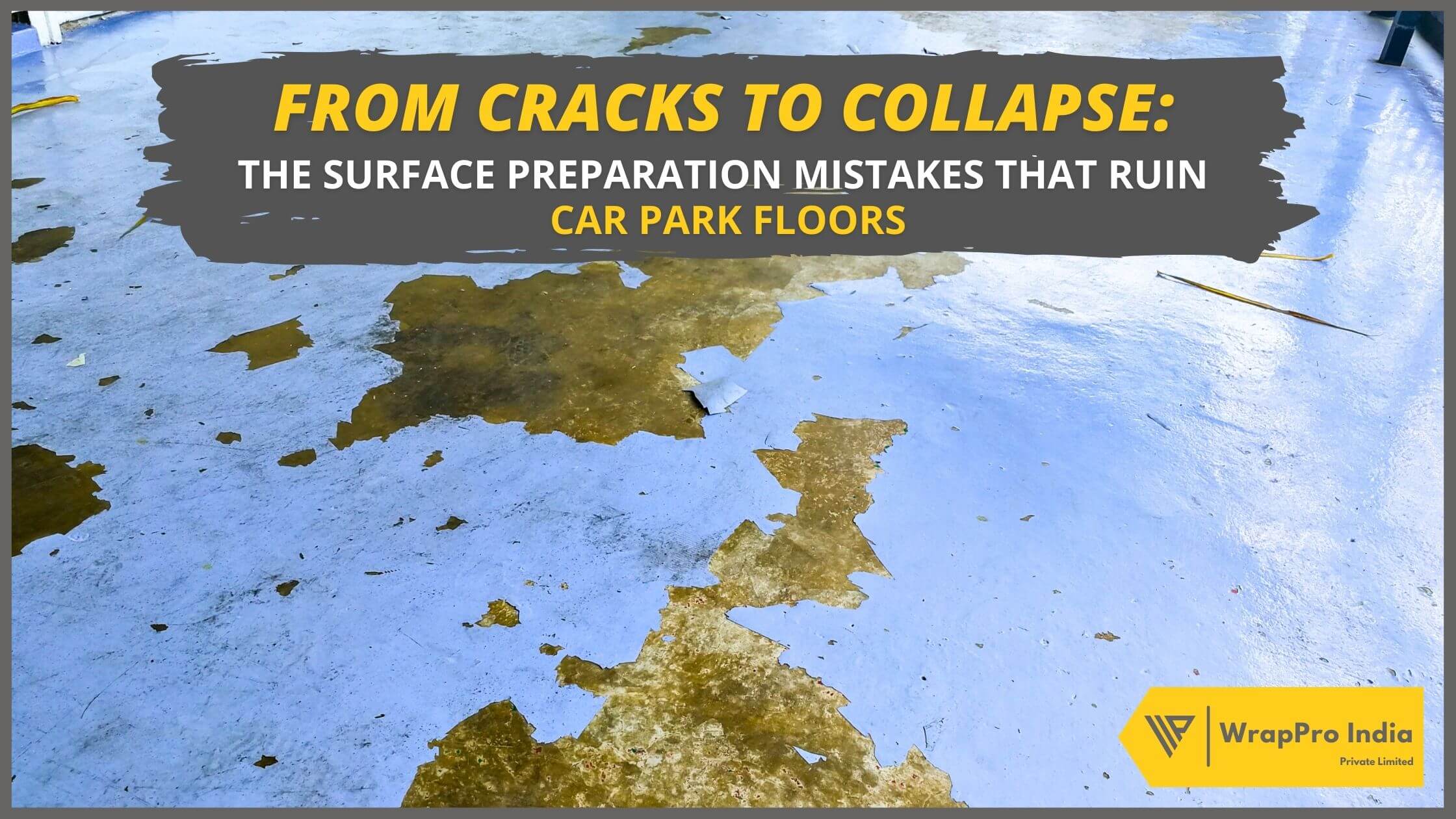
The success of a car park flooring system is intrinsically tied to the quality of its initial surface preparation. As much as proper preparation can set the stage for a durable and visually appealing floor, negligence during this phase can lead to a cascade of problems that culminate in flooring system failures. This article serves as a comprehensive guide to help you navigate the complexities of surface preparation for car park flooring by spotlighting errors to avoid for long-lasting results.
From L1 to Liability: The Unspoken Dangers of Cost-Centric Waterproofing Approach
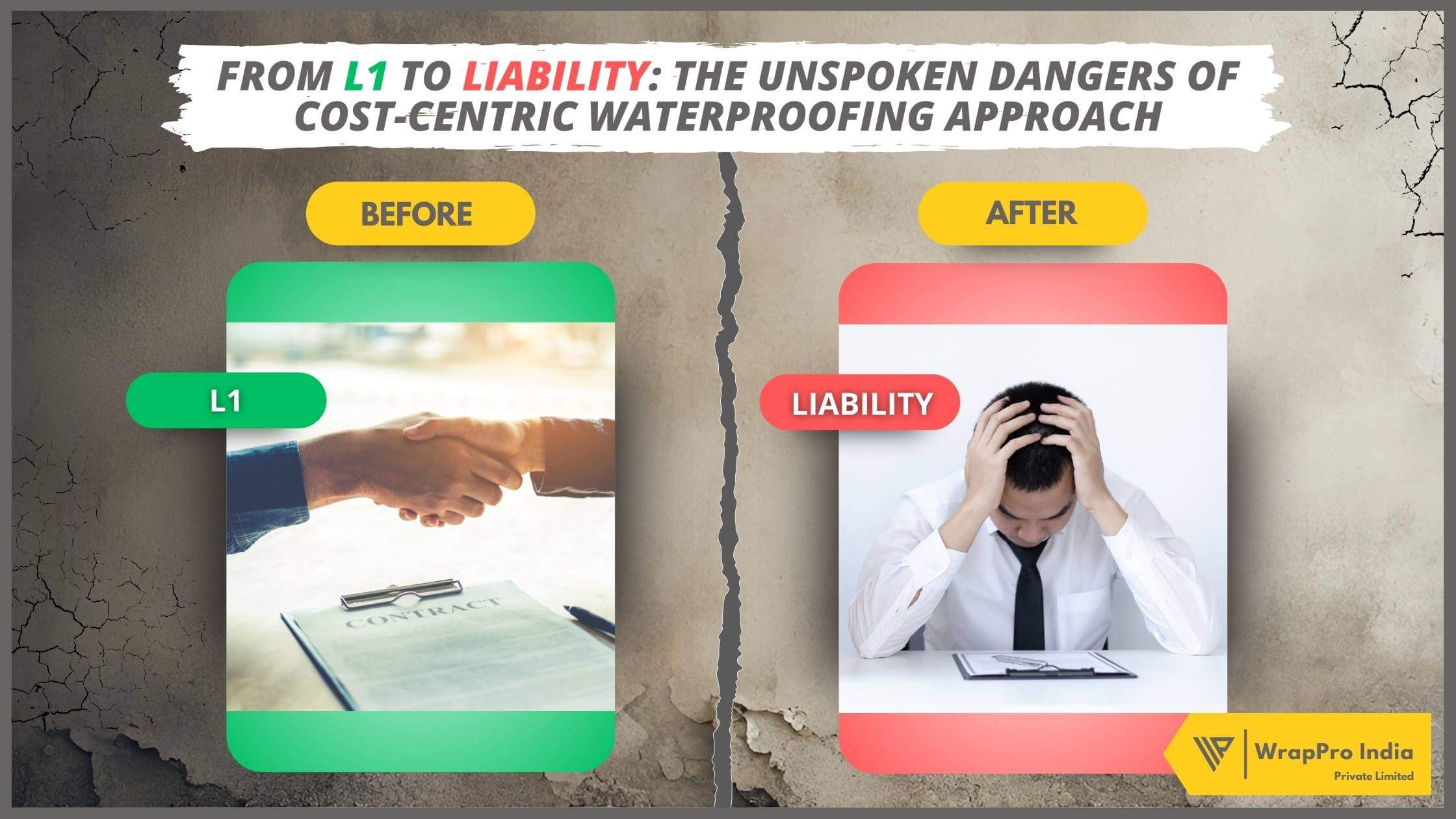
The construction industry has made significant strides, especially in prioritizing the waterproofing of structures by incorporating high-specification construction chemicals and meticulous vendor selection processes to ensure the highest standards are met. Yet, despite these forward-thinking measures, the age-old tendency to opt for the lowest bidder—commonly referred to as the L1 approach—persists, often compromising long-term project quality and overall value.
This comprehensive discussion seeks to highlight why a more nuanced, value-oriented approach should be the standard for selecting waterproofing contractors.
The Indispensable Role of On-Site Mock-Ups in Waterproofing
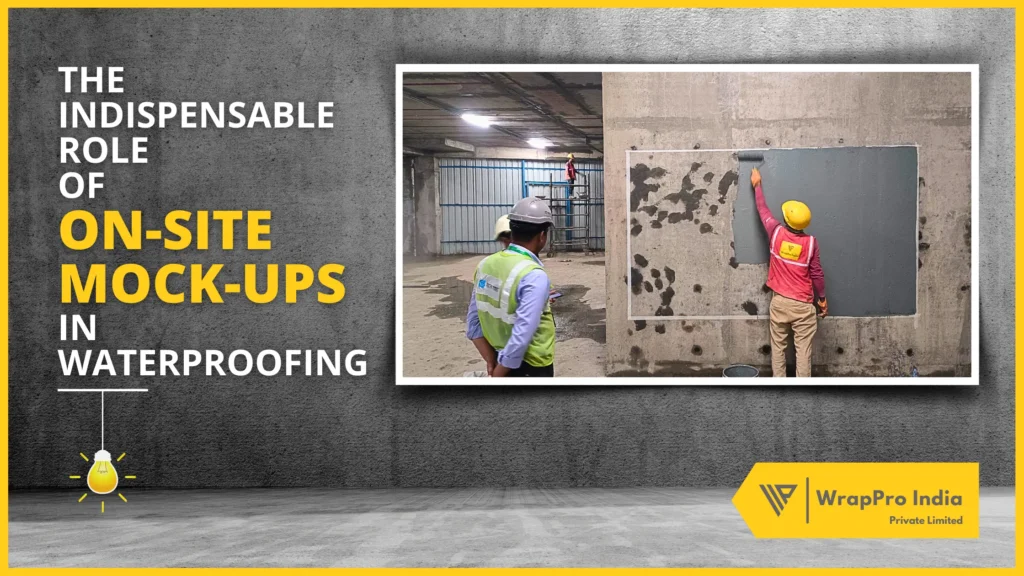
In the fast-paced world of construction, cutting corners is never an option—especially when it comes to waterproofing. One of the pivotal practices that contribute to the success of waterproofing is the utilization of on-site mock-ups. Contrary to popular belief, these mock-ups are not just a preliminary step; they are, in fact, a fundamental part of risk mitigation and quality assurance in the field of construction waterproofing. This article aims to shed light on the crucial importance of conducting on-site mock-ups and the potential risks of neglecting this significant step.
Understanding Waterproofing Membranes: Myths and Realities
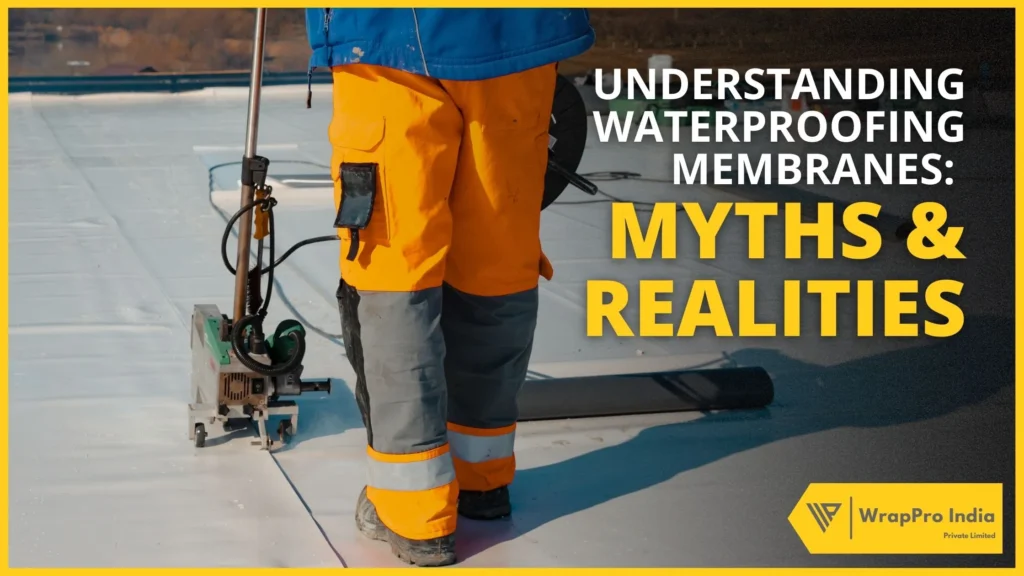
Waterproofing membranes play a crucial role in protecting buildings and structures from the damaging effects of water intrusion. Whether it’s a residential home, commercial building, or infrastructure project, using the right waterproofing solution is essential to ensure the longevity and structural integrity of the construction. However, despite their importance, there are several myths and misconceptions surrounding waterproofing membranes that can lead to misunderstandings and improper usage. In this article, we will explore these myths and shed light on the realities of waterproofing membranes.
The Cost-Benefit Analysis of Waterproofing Systems
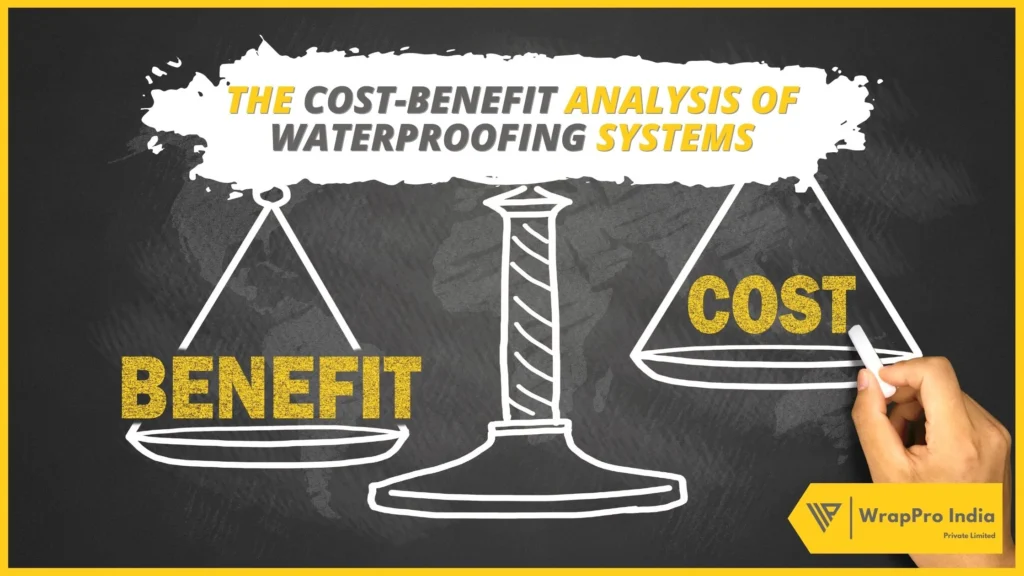
As a construction professional, you know that moisture damage can be a nightmare for any construction project. That’s why investing in waterproofing systems is crucial to protect against water seepage and moisture damage. However, the initial cost of waterproofing systems can be high, making it challenging to determine if the investment is worth it. That’s where a cost-benefit analysis comes in.
Elongation At Break: A Misunderstood Metric In Concrete Waterproofing
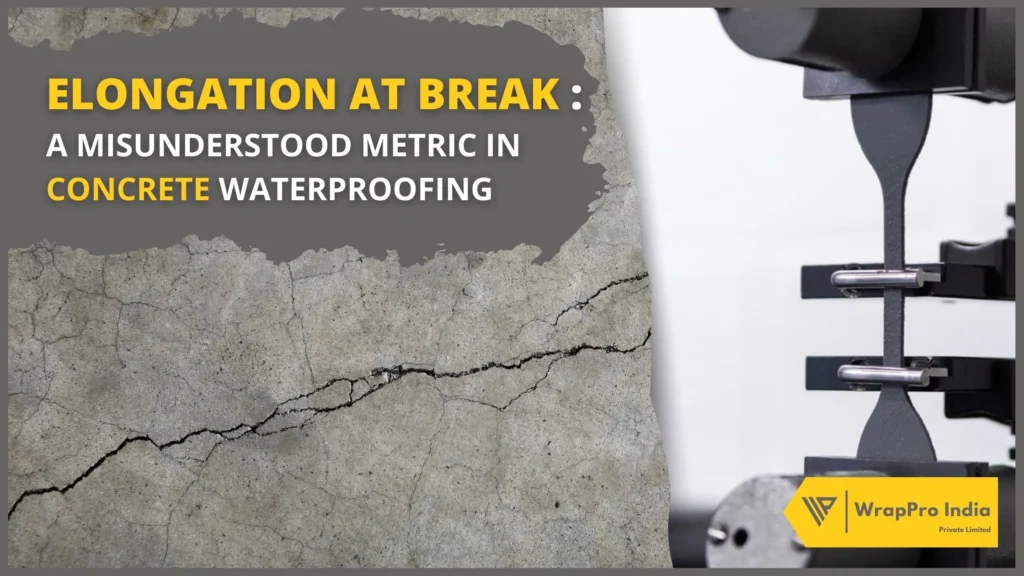
The topic of elongation is often the center of attention when it comes to waterproofing works. In fact, it’s rare to attend a meeting, participate in a discussion or present on waterproofing without elongation being the primary focus. This is why we felt the need to highlight the importance of evaluating all relevant factors before determining the suitability of a product for a specific project. Elongation, or a product’s ability to stretch without breaking, is just one aspect to consider when selecting an appropriate waterproofing membrane for a concrete surface. Also, In our years of experience as Waterproofing Applicators, the property of elongation may not be as important as commonly believed in this context.
Pep Talks With Labours Are Important

In every organization, regardless of having a comprehensive safety plan in place, it remains essential to continually motivate and raise awareness among site workers about the importance of safety. This is achieved through regular pep talks, short discussions delivered by supervisors before commencing any work. The objective of these talks is to convey safety messages in a simple and easily understandable manner to all workers on-site.
A Brief Guide To Polyurethane Flooring System

In this article, we will introduce you to the concept of Polyurethane flooring, its applications, advantages, and comparisons to other flooring options. We will also explore the facilities that benefit from Polyurethane flooring and guide you in selecting the right Polyurethane flooring system for your specific needs.
Best System, Trained Applicator, Yet Basements are Leaking.

HDPE Membranes are specialized in waterproofing and protecting basement structures from deterioration, ensuring the interior remains suitable for use. They also offer excellent corrosion resistance by safeguarding concrete from aggressive ground salts and chemicals. To achieve their purpose effectively, proper substrate conditions, installation procedures, and concrete placement must be followed according to the manufacturer’s specifications.
